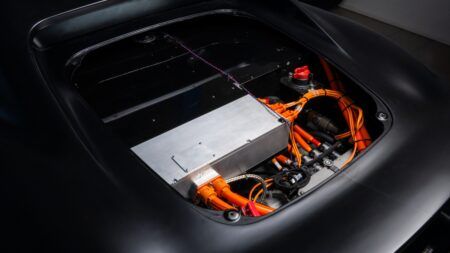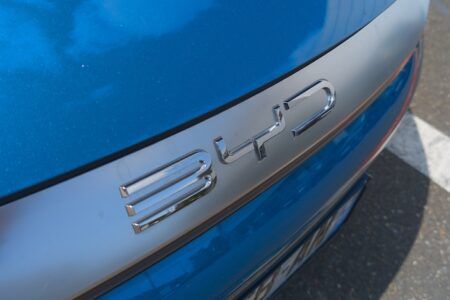Subscriptions of connected services for consumer and commercial electric vehicles, such as charging-station locator, eco-routing, and EV telematics, will grow 270% from 2020 to 2024, reaching seven million subscribers by 2024. According to global tech market advisory firm, ABI Research, the combined revenue opportunity of connected services for consumer and commercial EVs will reach US$378m by 2030.
“EV sales have presented slow market growth in the past years. However, the increasing number of countries setting up deadlines to end the sale of Internal Combustion Engine (ICE) vehicles will propel higher EV adoption. While Norway voiced its intention to end the sales of new ICE vehicles by 2025, Germany, Sweden, India, China, among other countries, seek to ban the sales of ICE vehicles from 2030. Moreover, with an increasing number of cities in Europe enforcing emission rules, only EVs will be able to run in urban areas in the next years,” said Maite Bezerra, smart mobility and automotive analyst at ABI Research. “In fact, 27 million of consumer and one million of commercial Plug-In Electric Vehicles (PEV) will be sold by 2030.”
Lack of charging infrastructure, and range anxiety are still the main factors hindering extensive EV adoption. The quantity of charging stations presented a substantial growth in the past years. China and Japan, for instance, now have over 40 thousand charging stations each. “Yet, there is a general perception of deficient charging infrastructure due to a lack of communication between vehicles and charging stations,” said Bezerra.
Connected services, such as HERE’s EV Charging Stations and TomTom’s EV Routing Services, can help change that perception by displaying information such as charging station location, compatibility, and real-time availability to drivers or fleet managers. Existing Horizon applications, which have yet to gain substantial market traction, can also be used by EVs to optimize acceleration and break events, saving energy, and increasing the range of EVs considerably. Tesla, Nissan, and Peugeot lead the way by offering a comprehensive offer of connected services for EVs.
The rapid adoption of EVs will pose challenges for utilities as the increased capacity creates overload peaks that compromise the stability of the grid. Therefore, communication between charging stations and utilities is also of high relevance for sustained EV adoption. Smart Energy Management solutions monitor, control, and restrict the use of chargers for optimal energy consumption. Meanwhile, Vehicle to Grid (V2G) communication, offered by companies such as Nuvve and Virta, balance the grid by reading the frequency of power production and adjusting charging and discharging. This way, EVs can smooth the increase in electricity demand and sell the energy back to the national grid or use the stored energy to reduce energy consumption from houses or buildings. Presently, Nissan and Mitsubishi are at the forefront of V2G.
Passenger EVs are often used for commuting and are charged at home or at work. Therefore, services that offer convenience and reduce range anxiety find greater traction among consumer EVs. Connected services for consumer EVs will reach 26.37 million subscribers by 2030, with a revenue opportunity of US$222m. “Vehicles are assets for fleet managers, so they tend to value services that decrease costs, such as Vehicle to Grid (V2G) communication and EV telematics,” Bezerra explained. “For instance, Mercedes PRO e-Vito services that use Geotab telematics units.” ABI Research anticipates two million subscribers by 2030 and a revenue opportunity of US$156m.
“While smartphone applications offer location services for EVs, only in-vehicle solutions can provide accurate information from embedded sensors and offer a seamless experience inside the car. Besides, connected solutions do not only provide information to the user, but also to fleet managers and car manufacturers that can use it to improve their vehicle’s performance or offer target solutions,” Bezerra concluded.
These findings are from ABI Research’s Connected Services for Electric Vehicles application analysis report.





